Building a “One-Stop-Shop” for Social and Behavior Change for Family Planning Resources
Written by: Rebecca Pickard, Copywriter and Editor, Breakthrough ACTION
Over the last five years, Breakthrough ACTION and Breakthrough RESEARCH have produced a treasure trove of guidance, tools, and data surrounding social and behavior change (SBC) approaches in family planning and reproductive health—over 116 resources and counting! With this many cutting-edge materials, how can you find exactly the right resource to develop ground-breaking activities and transform SBC guidance into practice? Through the SBC for Family Planning Resources collection.
 Sarah Kennedy, Program Officer at Breakthrough ACTION, has been instrumental in compiling and organizing this easy-to-access library of resources. Having joined Breakthrough ACTION last year, she dived fully into developing and disseminating family planning-focused materials. I spoke with Sarah about her work on the collection.
Sarah Kennedy, Program Officer at Breakthrough ACTION, has been instrumental in compiling and organizing this easy-to-access library of resources. Having joined Breakthrough ACTION last year, she dived fully into developing and disseminating family planning-focused materials. I spoke with Sarah about her work on the collection.
Rebecca Pickard (RP): Compiling and organizing 116 resources is a time-consuming process. Why did Breakthrough ACTION invest so much time in developing the SBC for Family Planning Resources collection?
Sarah Kennedy (SK): The collection comprises technical briefs, indicator databases, toolkits for family planning and reproductive health, and guidance on approaches like human-centered design. With such a diverse range of resources, we needed an easier way for our audiences to access tools that meet their needs and interests.
RP: What makes this tool different from others?
SK: What makes the collection special is how it helps diverse users find exactly what they need; for example, online search engines might not provide custom-fit results.
Any user can tailor their search to find exactly what they need. On the landing page, users start by choosing one of eight categories and then follow prompts to the resource they seek. An advocate might start with the button labeled “Making the case for SBC” for inspiration in promotional efforts, while a family planning service provider might start with “Equity, gender, and social systems” to identify barriers to reaching their clients. Other users, including donors and USAID staff, can also use this collection to find resources relevant to their work.
RP: This collection seems to be the “Ultimate Playlist” for SBC in family planning. What would you say are its greatest hits?
SK: All of them, of course! Materials that consider gender and social norms in the context of COVID-19 are obviously timely and important for people to access, but the collection also includes “evergreen” resources such as the family planning and service delivery indicator bank. On another level, the many male engagement resources can help stakeholders enhance the effectiveness of family planning programs.
SBC for Family Planning Resources is online now, ready for use. This resource is meant to be a living site and will be continually updated with new materials. We will also continue to incorporate user feedback for further optimization. To enhance the accessibility of the SBC for Family Planning Resources collection, Breakthrough ACTION also developed an accompanying, easy-to-navigate catalog. Promotional events are in progress, including Share Fairs, one in English that took place in June, and one in French planned for August.

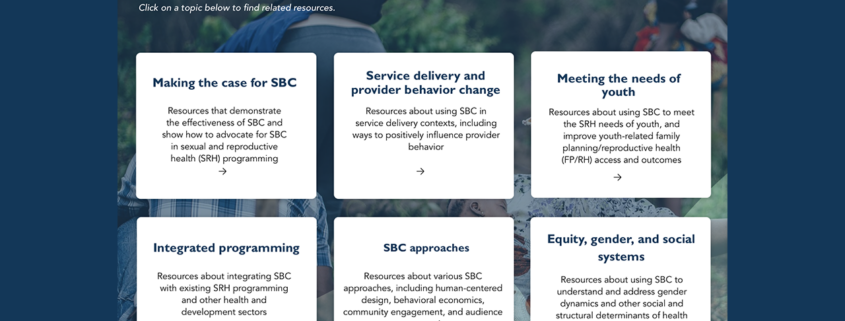
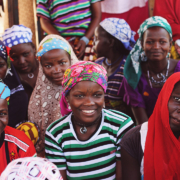 Cambey Mikush/Photoshare
Cambey Mikush/Photoshare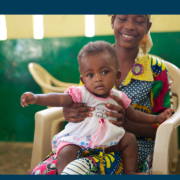 Sara Holbak/VectorWorks/Photoshare
Sara Holbak/VectorWorks/Photoshare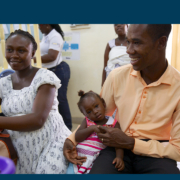 Sarah Hoibak/VectorWorks/Photoshare
Sarah Hoibak/VectorWorks/Photoshare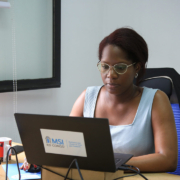 Getty Images/Image of Empowerment
Getty Images/Image of Empowerment © 2012 CCP/NURHI 2, Courtesy of Photoshare
© 2012 CCP/NURHI 2, Courtesy of Photoshare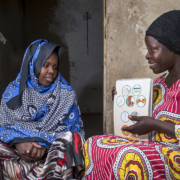 Jonathan Torgovnik/Getty Images/Images of Empowerment
Jonathan Torgovnik/Getty Images/Images of Empowerment